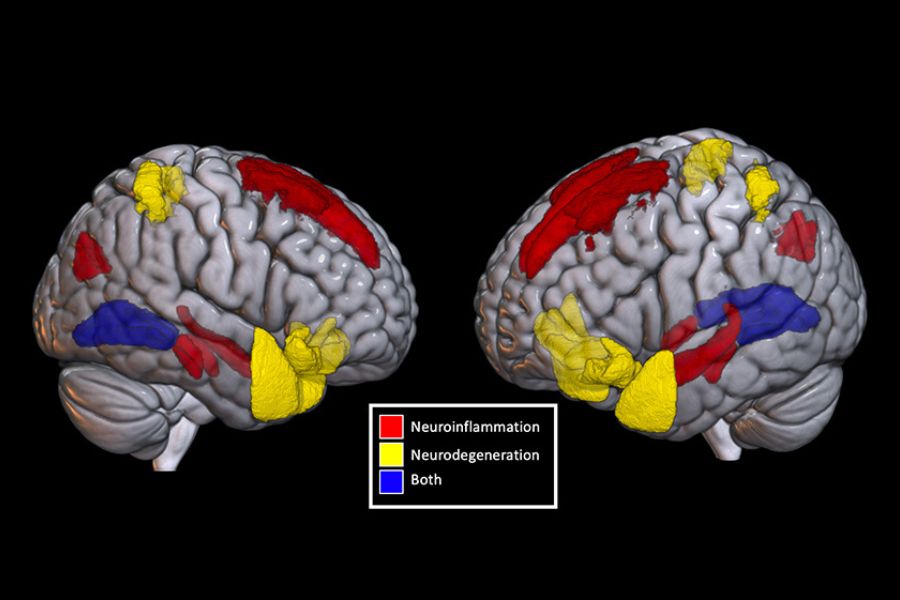We all know exercise is an essential part of a healthy lifestyle. For people living with Parkinson’s disease, exercise is an important component in reducing symptoms like stiffness, balance or gait difficulties while improving flexibility and mobility required to perform everyday activities safely.
For Parkinson’s Disease Awareness Month, we’ve rounded up the best forms of exercise you can do to help manage the symptoms of Parkinson’s disease. Maintaining a consistent workout schedule is key to disease management. Remember, it’s important to know what works for you depending on your symptoms and abilities before attempting these exercises.
Stretching
For people living with Parkinson’s disease, stretching is crucial. Stretching helps improve movement in your muscles and joints and reduces discomfort that comes from stiffness or muscle spasms. It also promotes flexibility – making everyday movements easier or injury prevention. While stretching, focus on your breathing and be sure to stretch properly before exercises such as cycling, swimming or dancing.
Aerobics
With the spring weather upon us, take your aerobics exercises outside! Activities such as walking, running, cycling and swimming are great exercises to start with to help manage symptoms. Depending on your mobility level, start off slow and work up to adding these aerobics activities to your workout routine. Have a friend or family member join you on a walk or run – a fitness buddy makes exercise more enjoyable and keeps you motivated.
Strength
Strength and resistance training such as using hand-held weights and resistance bands helps target major muscle groups in your upper and lower body. These exercises can help improve strength, bradykinesia (slowness of movement and speed) and ease muscle stiffness. If you don’t have hand-held weights at home, try using soup cans! Body exercises such as push-ups and squats are also great for building muscle.
Balance and agility
People living with Parkinson’s disease face challenges with balance, co-ordination and multitasking movements. This often increases the risk of falls and injuries. Exercises such as yoga, tai chi and dance require little to no equipment and combine cognitive challenges with multitasking movement. Depending on your symptoms and abilities, while participating in these activities, make sure you are on a solid surface and hold on to something stable if required.
Thanks to Haseel Bhatt, Physiotherapy Lead at Toronto Rehab and The Edmond J. Safra Program in Parkinson’s Disease and Morton & Gloria Shulman Movement Disorders Clinic at UHN’s Krembil Brain Institute for his help with this article.
The Edmond J. Safra Program in Parkinson’s Disease and the Morton and Gloria Shulman Movement Disorders Clinic at Krembil Brain Institute are the largest and most comprehensive centres in Canada, providing care for more than 9,000 patient visits per year. Learn more about Krembil Brain Institute.


